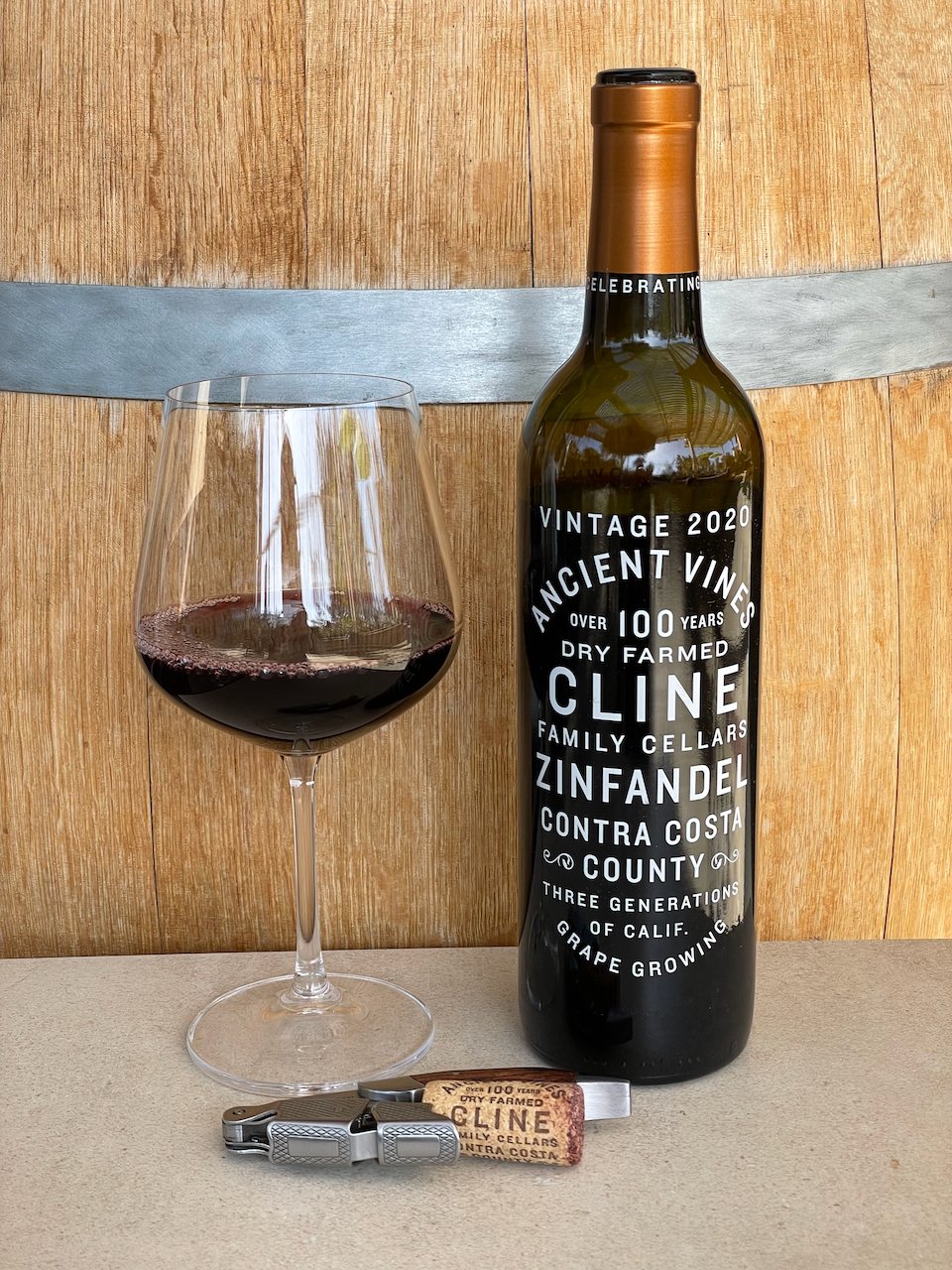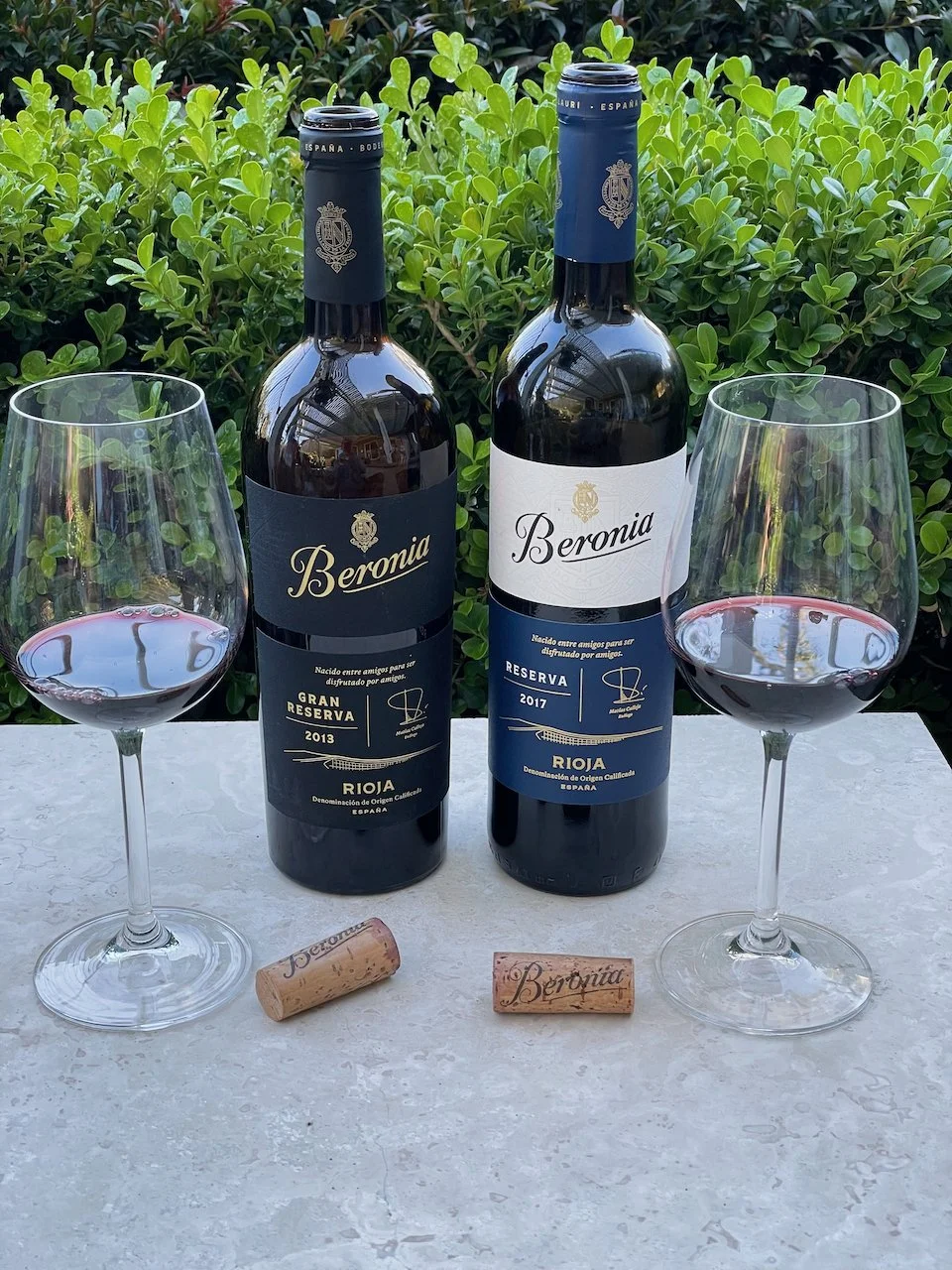2020 Cline Family Ancient Vines Zinfandel ($16)
Fred Cline founded Cline Family Cellars in 1982 in Oakley, California, which is part of Conta Costa County. With this 40th year vintage, they have created the special anniversary bottle design shown in the photo.
The 2020 Ancient Vines Zinfandel draws from their oldest, most historic Zinfandel blocks. There, the soils are deep sand from the banks of the San Joquin and Sacramento River delta’s which have been depositing the sand from the Sierra Nevada mountain range for millennia. Their ancient, dry-farmed vineyards have survived through phylloxera and prohibition and consistently produce great fruit.
The Zinfandel grapes for 2020 vintage underwent near total destemming and a very gentle crushing to ensure a large proportion of whole berries in the must which contributes to the fruit character of the wine. The grapes were fermented in temperature-controlled open-top concrete tanks. The wines were pressed off their skins and aged in 40% French oak for 15 months before being blended and bottled.
This 2020 Cline Family Ancient Vines Zinfandel is deep ruby in color with aromas of black berry and black plum with herbal notes. On the palate it is medium-bodied with flavors of black and red fruits, some spiciness and finishes with sweet tobacco and chocolate.
This 40th anniversary Cline Family Ancient Vines Zinfandel is a great value and widely available, making it a great fit as the Behind the Cork™ wine of the week. Look for this one at your favorite wine seller and check them out on the web at clinecellars.com Cheers!
Disclosure of Wine Sample Submission: I received this sample at no cost for review. The opinions expressed are entirely my own.
Sample Provided by Cline Family Cellars (via Donna White Communications)




